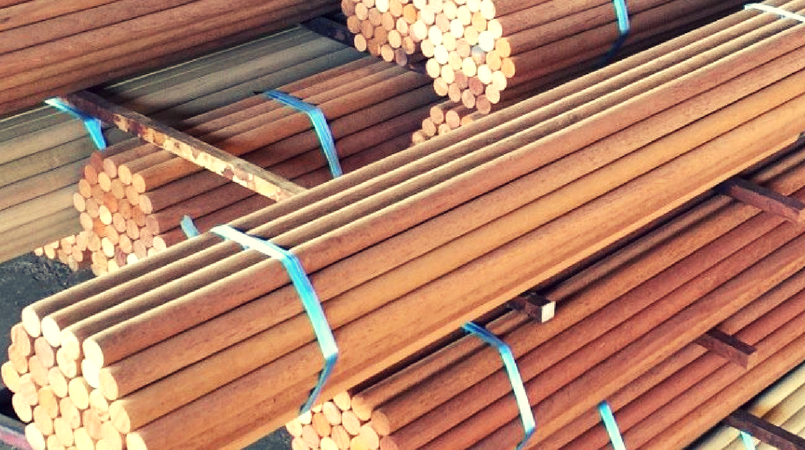
Papua New Guinea’s tropical location provides excellent growing conditions for a wide range of wood-producing species.
Landowners have utilised their local timbers for millennia for traditional purposes such as fuel, shelter, hunting and transport.
Since the Second World War, a considerable amount of additional work has been carried out to investigate the wider application of these woods. The ACIAR Project: Development of durable engineered wood products in PNG and Australia, has recently undertaken a review of the literature to produce a user-friendly spreadsheet summarising PNG wood species and their properties.
In addition to PNG woods, other timbers used by the Australian engineered wood processing sector have been included, bringing the total to 240 different tree species. This new wood processing resource is accompanied by guidance notes with definitions and descriptions.
The Matching Timbers to Products Spreadsheet considers species availability, physical and mechanical properties (density, strength, stiffness, hardness), insect susceptibility, fire-resistance, durability, health effects and suitability for typical engineered wood processes such as peeling and laminating. If the wood has been used or recommended for products such as plywood, glulam and furniture, this is noted.
A supplementary database is being developed that will include all the information in the MS Excel spreadsheet together with digital photomicrographs of the wood anatomy and structure for identification. This version will assist users more familiar with MS Access to search through the data.
The Matching Timbers to Products Spreadsheet is freely available from the Wood Processors Tool Kit. For more information:
- Visit – www.pip.com.pg (resources tab)
- Email – projects@pip.com.pg
- Call – 7001 2169
